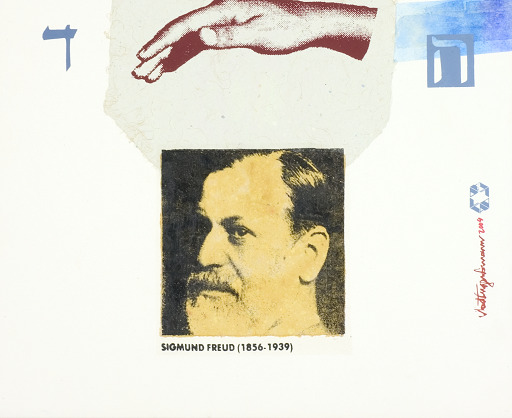Halikha LeKeisarya, poem by Hannah Senesh
biographical data, historical context, analysis and presentation of an unpublished musical work composed about the poem
DOI:
https://doi.org/10.35699/1982-3053.2023.47667Keywords:
Halikha LeKeisarya, Hannah Senesh, Score editingAbstract
This study deals with the poem הליכה לקיסריה - Halikha LeKeisarya (Walk to Caesarea) by Hannah Senesh (1921-1944), a Jewish poetess born in Hungary, whose life was ended in 1944, aged 23, by firing squad, during World War II. Her work, after the end of that war, received the attention of specialized critics, who revealed her diaries, poems and letters to the world. Due to the expressiveness of the poetic text of A Walk to Caesarea, a song was conceived based on the jewish scale, historically used by the Jews in prayers set to music, especially for the presentation of this article. As a methodology, the authors used information about the poetess available in books and internet sites, especially the publication in Portuguese of the book Hannah Senesh – diários, poesias e cartas (2011), organized by Frida Milgrom (1959), as well as the Grove Dictionary of Music (1994), the book Expressão e Comunicação na Linguagem da Música (1989) by Sergio Magnani (1914-2001) and the work by Bohumil Med (1939), Teoria da Música (1996). Thus, data on Hanna Senesh, on the Art song as a historical factor in the social development of the context in which this genre is composed, on the creation and structural organization of a Brazilian Art song conceived for the realization of this study constitute the corpus of this article. The text is completed by the presentation of the score of the referred Art song, conceived from the Jewish scale, together with its performance, whose access is possible through QR Code. The main objective of this study is to value the name and work of Hannah Senesh, who continues to inspire, even after her death, respect for her work, including the creation of musical works based on her poetry, thus confirming the importance of his literary production as an emotional vehicle for generations after the time in which she lived.
Downloads
References
DICIONÁRIO Grove de música. Edição concisa/editado por Stanley Sadie. Tradução de Eduardo F. Alves. Rio de Janeiro: Jorge Zahar, 1994.
MENDELS, Doron. On Memory: An Interdisciplinary Approach. Germany: Peter Lang, 2007. Disponível em: https://books.google.com.br/books/about/Memory.html?id=7Ip9AAAAMAAJ&redir_esc=y. Acesso em: 10 jul. 2023.
MED, Bohumil. Teoria da Música. 5ª Ed. Brasília: MusiMed Editora, 2017.
MAGNANI, Sergio. Expressão e comunicação na linguagem da música. 2ªedição revisada. Belo Horizonte: Editora UFMG, 1996.
MILGROM, Frida. Hannah Senesh – Diários, poesias, cartas. São Paulo: Tordesilhas, 2011.
MONMANY, Mercedes. Ya sabes que volveré: Tres grandes escritoras asesinadas en Auschwitz: Irène Némirovsky, Gertrud Kolmar y Etty Hillesum. Barcelona: Galaxia Gutenberg, 2017.
Sites de internet
https://www.biography.com/writer/emma-lazarus. Acesso em: 10 jul. 2023.
https://www.artchive.com/artwork/the-violinist-1911-14-by-marc-chagall/. Acesso em: 9 jun. 2023.
https://www.wikiart.org/en/marc-chagall/the-blue-fiddler-1947. Acesso em: 9 jun. 2023.
Partituras
CHANTAL, Mauro. HALIKHA LEKEISARYA. Canto, violino e piano. 1 partitura.
Vídeo
CHANTAL, Mauro. HALIKHA LEKEISARYA. YouTube, 8, dez. 2023.
Downloads
Published
How to Cite
Issue
Section
License
Copyright (c) 2023 Arquivo Maaravi: Revista Digital de Estudos Judaicos da UFMG

This work is licensed under a Creative Commons Attribution 4.0 International License.
Os direitos autorais pertencem exclusivamente aos autores. Os direitos de licenciamento utilizados pelo periódico é a licença Creative Commons Attribution 4.0 (CC BY 4.0): são permitidos o compartilhamento (cópia e distribuição do material em qualquer meio ou formato) e adaptação (remix, transformação e criação de material a partir do conteúdo assim licenciado para quaisquer fins, inclusive comerciais.






